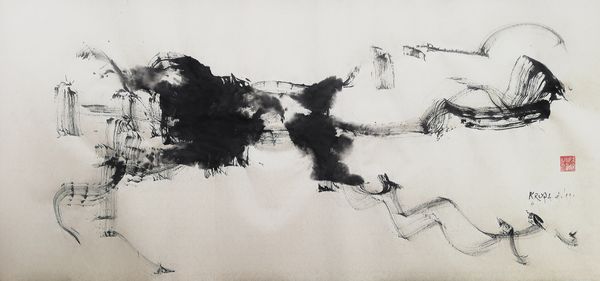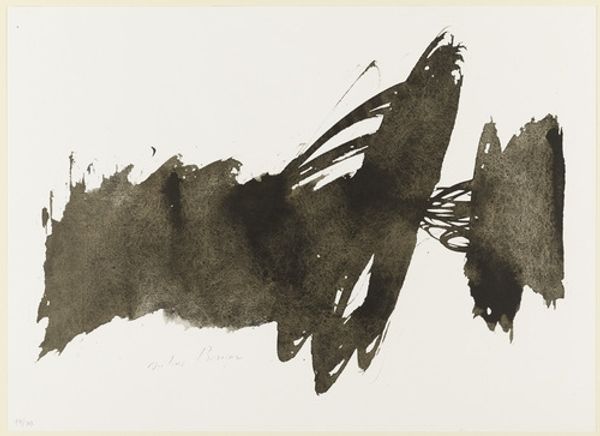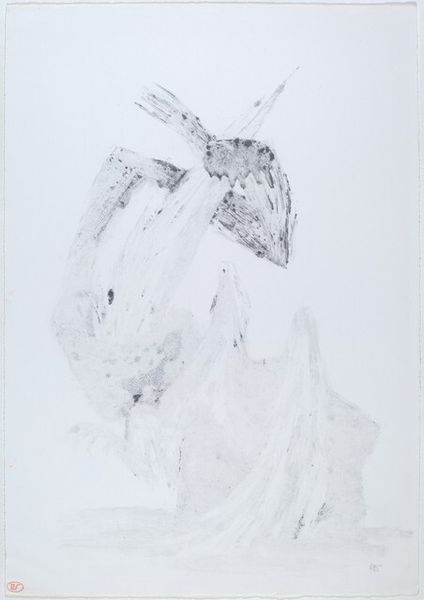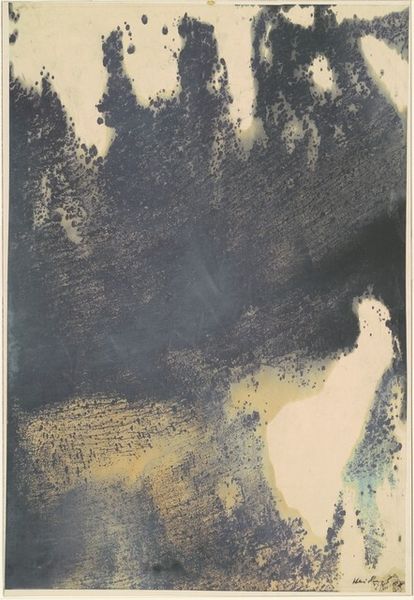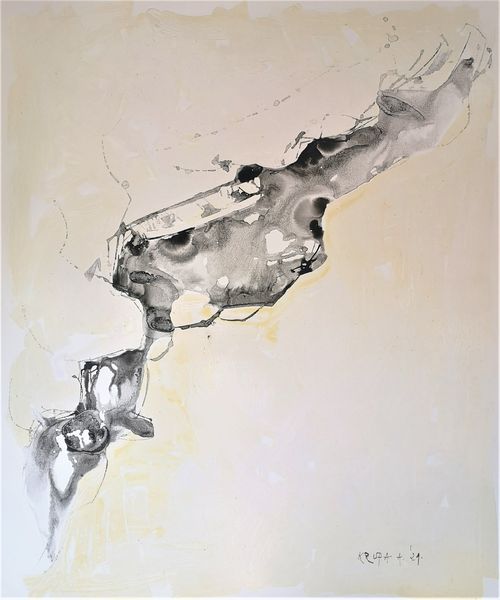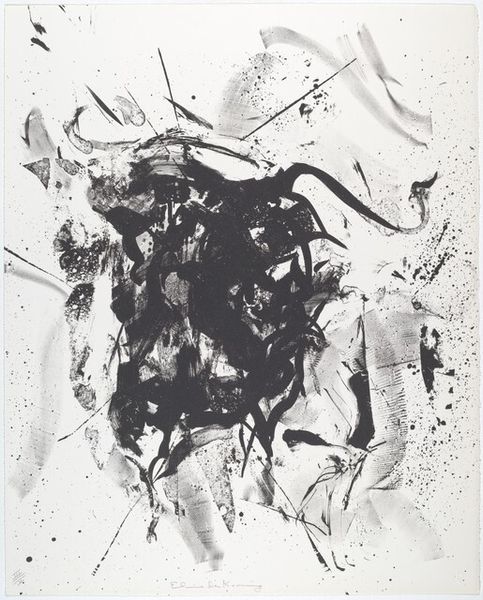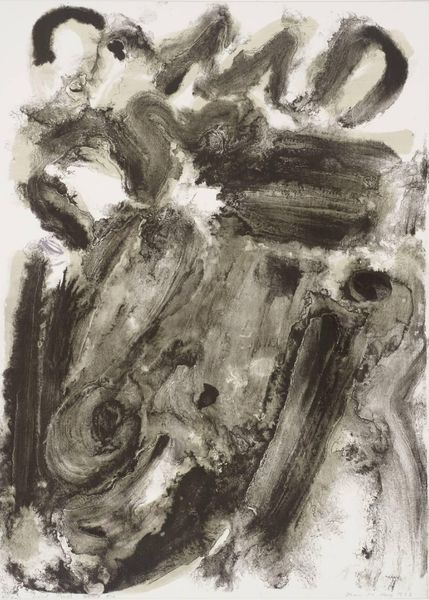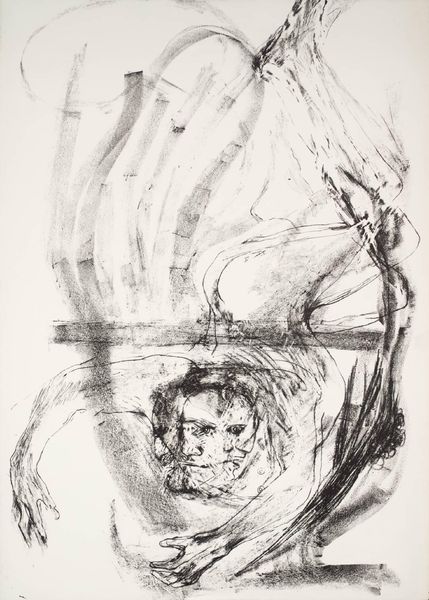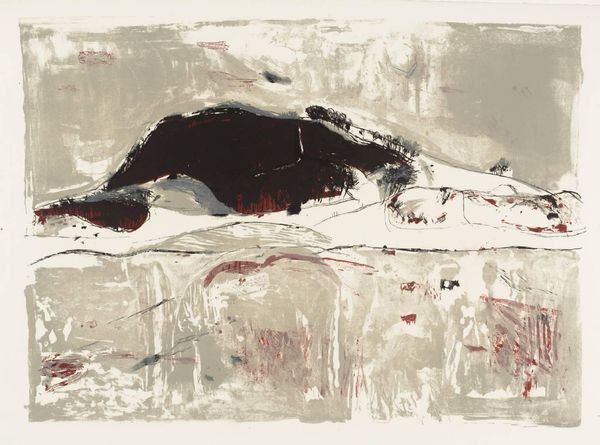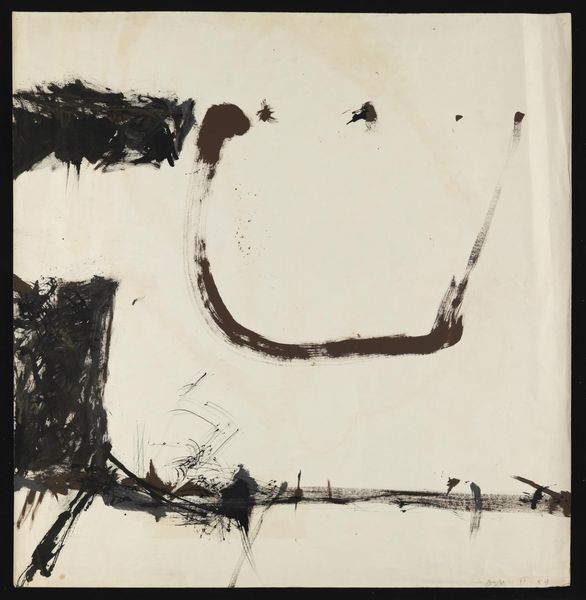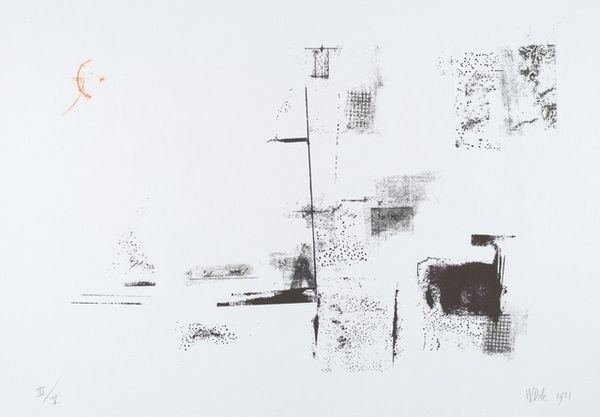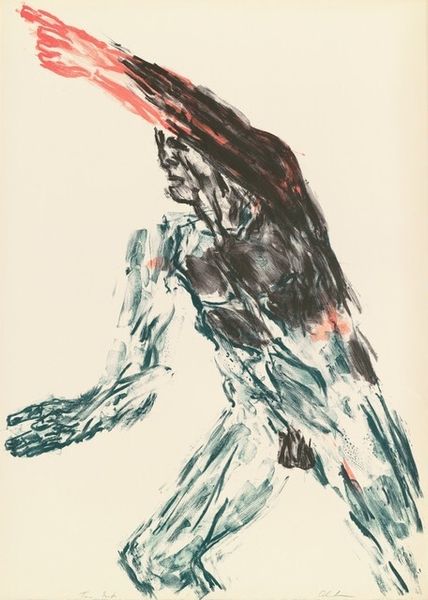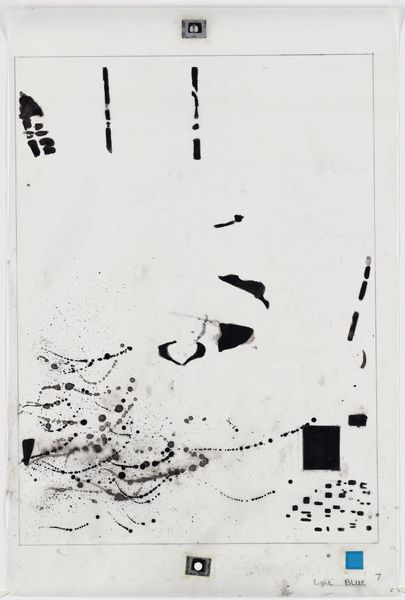
Dimensions: image: 775 x 571 mm
Copyright: © Frink Estate | CC-BY-NC-ND 4.0 DEED, Photo: Tate
Curator: Dame Elisabeth Frink's lithograph, "Eagle Owl," presents an ethereal yet commanding presence. Editor: My first impression is one of stark vulnerability. Those eyes, rendered in sharp contrast to the muted grays, feel like an intense, almost accusatory gaze. Curator: Note how Frink employs a limited palette, focusing on tonal variations and textural contrasts to define form and volume. The application of pigment emphasizes the owl's structure. Editor: The owl, a creature historically burdened with symbolism, often as an omen, emerges here as a haunting echo of environmental concerns and species vulnerability. Consider Frink's broader engagement with depicting animals and the power dynamics inherent in human interaction with the natural world. Curator: It's the gestural quality of the marks, the very application of the lithographic crayon, that conveys the subject's inherent power. It's about the formal elements at play, the contrast between the light and dark. Editor: But doesn't this formal approach risk overlooking the deeper cultural significance of the owl, and the artist's own positionality in representing it? It is not just about contrast but also the context. Curator: Perhaps. But consider how the composition itself, the balance, conveys the subject's poise and potential energy. Editor: This piece, beyond its formal qualities, can inspire reflection on our responsibility towards the natural world. Curator: Ultimately, Frink's "Eagle Owl" remains a compelling study in form and the expressive potential of lithography.

